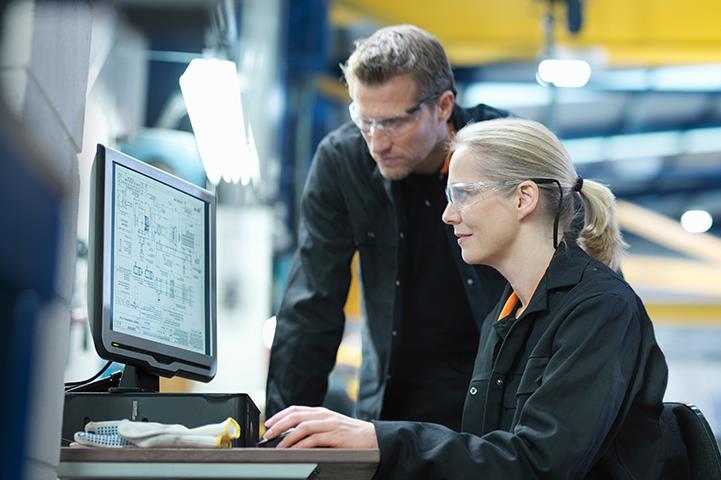Header Logo
- 为什么选择含氟气体?
- 什么是 A2L
- 产品
- 行业和应用
-
销售和支持
- 回到 家
- 销售和支持
- 购买渠道
-
Opteon™(欧特昂™)产品的产品工具
- 回到 销售和支持
- Opteon™(欧特昂™)产品的产品工具
- 超市制冷剂变化的影响
-
Opteon™(欧特昂™)品牌保证
- 回到 Opteon™(欧特昂™)产品的产品工具
- Opteon™(欧特昂™)品牌保证
- 用于品牌保护的 IZON® 标签
- 电荷计算器
- 合规计算器
- 压力/温度图应用程序
- 科慕制冷剂专家工具下载
- 资源中心
- 北美钢瓶回收
-
请联系知识中心,获取事实
- 回到 销售和支持
- 请联系知识中心,获取事实
- 行业法规
- 制冷剂基础知识和系统维护
- 所谓的“天然”制冷剂
- 提交相关传言
- 法规
- 北美洲 Opteon™(欧特昂™)培训和技术支持
- 适用于 R-22 改造制冷剂解决方案的制冷剂





